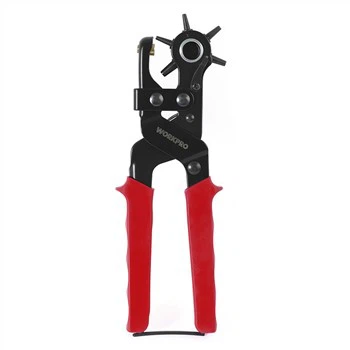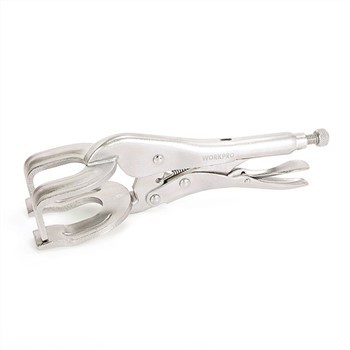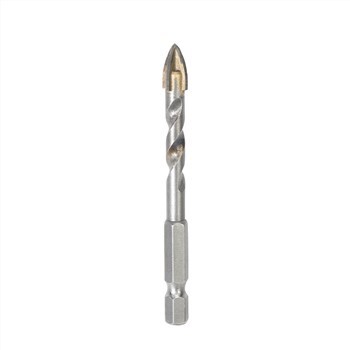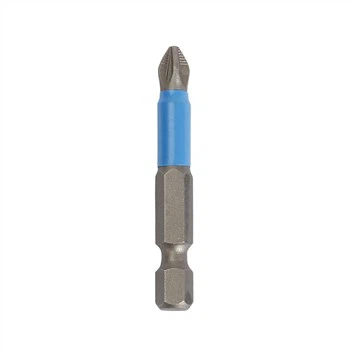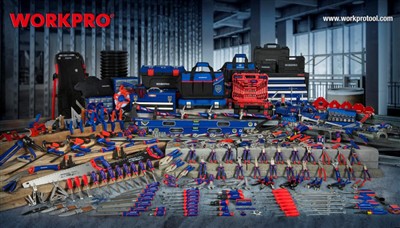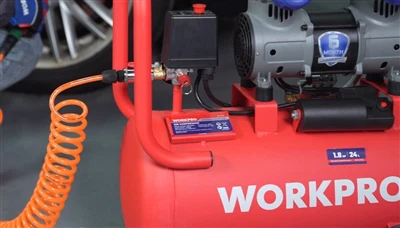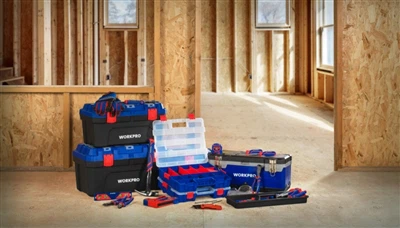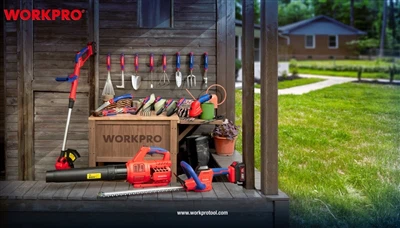A brushless circular saw is a versatile and powerful tool that can make cutting tasks a breeze. Whether you're a professional carpenter, a DIY enthusiast, or someone who frequently works with wood or other materials, learning how to use a brushless circular saw correctly is essential for safety and efficiency. In this comprehensive guide, we will take you through the step-by-step process of using a brushless circular saw, from setting up the tool to mastering various cutting techniques.

Click for more: WORKPRO 20V 165MM BRUSHLESS CIRCULAR SAW
A brushless circular saw is a type of power tool used for cutting various materials, primarily wood, in a circular motion. The term "brushless" refers to the motor technology used in the saw.
In traditional power tools, the motor includes brushes that deliver electricity to the moving parts of the motor. These brushes create friction and wear out over time, leading to maintenance issues and reduced efficiency. In contrast, brushless motors use electronic circuits to deliver power to the motor, eliminating the need for brushes. This design has several advantages, including:
1. Increased Efficiency: Brushless motors are more efficient than brushed motors, as they produce less heat during operation and have reduced energy losses due to friction. This efficiency results in longer battery life (if cordless) and less strain on the tool.
2. Higher Power-to-Weight Ratio: Brushless motors tend to be more powerful compared to their size and weight, providing better performance in a compact and lightweight package.
3. Low Maintenance: Since there are no brushes to wear out, brushless motors require less maintenance, leading to longer tool lifespan and reduced downtime.
4. Improved Performance: Brushless circular saws offer better performance and higher torque, allowing them to handle more demanding cutting tasks.
5. Smoother Operation: Brushless motors can provide more precise speed control, resulting in smoother cutting experiences and cleaner cuts.

Brushless circular saws are available in both corded and cordless (battery-powered) versions. Cordless models offer the advantage of portability and freedom of movement but may have limited runtime depending on the battery capacity. Corded versions have unlimited runtime but are restricted by the length of the power cord.
When using a circular saw, always follow safety guidelines, wear appropriate protective gear, and ensure you are familiar with the tool's features and operation. It's crucial to use the right type of blade for the material you are cutting and to take proper precautions to avoid accidents or injuries.

• Safety First: Before diving into the practical aspects of using a brushless circular saw, let's emphasize the importance of safety. Always wear appropriate personal protective equipment (PPE), including safety goggles, ear protection, and dust masks. Ensure you are working in a well-ventilated area and have a clear, clutter-free workspace. Read the user manual carefully and become familiar with the safety measures that are included on the tool.
• Assemble and Inspect: If you have a corded brushless circular saw, ensure the power cord is in good condition and properly plugged into a grounded outlet. For cordless models, charge the battery fully before use. Install the appropriate blade for the material you intend to cut, and make sure it is secure and sharp. Inspect the saw for any visible damage or loose parts before turning it on.
• Adjust the Cutting Depth and Angle: Most brushless circular saws allow you to adjust the cutting depth and cutting angle. Set the cutting depth according to the thickness of the material you are working with. Loosen the depth adjustment lever, adjust the base plate, and then retighten the lever. To change the cutting angle, loosen the bevel adjustment lever, adjust the angle scale to the desired degree, and then retighten the lever.
• Practice Makes Perfect: If you're new to using a circular saw, practice on scrap pieces of material before tackling your main project. Get a feel for the tool's weight, balance, and cutting motion. This will help you build confidence and improve your cutting accuracy.
• Making Straight Cuts: To make a straight cut, position the saw's base plate firmly on the material's surface, aligning the blade with the cutting line. Hold the front handle with one hand and the rear handle with the other, ensuring a stable grip. Squeeze the trigger to start the motor, and let the blade reach full speed before making the cut. Push the saw forward steadily, allowing the blade to do the work. Remember to keep the base plate flat and follow the cutting line to maintain a straight cut.
• Bevel Cuts: For bevel cuts, adjust the cutting angle as described in Step 3. Tilt the base plate to the desired angle and follow the same cutting process as for straight cuts. Take extra caution with bevel cuts, as the blade will be exposed at an angle.
• Ripping and Crosscutting: To rip a piece of lumber (cutting parallel to the grain), use a straightedge or a guide to ensure a precise cut. For crosscutting (cutting perpendicular to the grain), use a square or a guide to keep the saw on the intended path.
• Safety Tips for Curved Cuts and Notches: When making curved cuts or notches, go slow and follow the line carefully. Consider using a jigsaw for intricate curves.
PARTS OF BRUSHLESS CIRCULAR SAW

A brushless circular saw is a type of power tool commonly used for cutting wood, metal, and other materials. Unlike traditional circular saws, which use brushes to transfer electrical power to the motor, brushless circular saws utilize electronic circuitry for this purpose. This design results in improved efficiency, longer tool life, and reduced maintenance needs. The key components of a brushless circular saw include:
1. Motor: The brushless motor is the heart of the circular saw. It uses electronically controlled magnets to generate rotational motion without the need for physical brushes. This design leads to less friction and wear, increasing the motor's lifespan.
2. Blade: The circular saw blade is a disc-shaped cutting tool with sharp teeth around the edge. Blades come in various sizes and types, designed for cutting different materials like wood, metal, masonry, or plastic
3. Blade Guard: The blade guard is a safety feature that covers the blade when the saw is not in use. It automatically retracts as you push the saw down onto the material, exposing the blade for cutting.
4. Base Plate or Shoe: The base plate, also known as the shoe or sole plate, is the flat, sturdy metal plate that rests on the material being cut. It provides stability and support during the cutting process.
5. Depth Adjustment: A knob or lever that allows you to adjust the cutting depth of the blade. This feature is useful when you need to cut materials at different depths.
6. Bevel Adjustment: A bevel adjustment allows you to tilt the base plate and blade to make beveled cuts at various angles. This is particularly helpful for cutting angles or chamfers on the edges of materials.
7. Handle and Trigger: The handle provides a comfortable grip for the user, while the trigger is used to start and stop the saw's operation.
8. Safety Switch: A safety switch is often integrated into the trigger to prevent accidental activation of the saw.
9. Battery: Since brushless circular saws are cordless, they are powered by rechargeable lithium-ion batteries. The battery pack provides the necessary power to run the brushless motor.
10. Battery Level Indicator: Some models may have an indicator to display the remaining charge in the battery.
11. Dust Port/Bag: Some circular saws come with a dust port or a dust collection bag that helps capture sawdust and debris, reducing the mess and improving visibility while cutting.

Conclusion: Remember, the specific features and components can vary slightly between different models and brands of brushless circular saws. Always refer to the manufacturer's manual for proper usage, safety guidelines, and maintenance instructions.
Using a brushless circular saw effectively requires proper setup, understanding its features, and adopting safety precautions. With practice and patience, you can master various cutting techniques and accomplish your woodworking tasks efficiently and accurately. Remember to prioritize safety at all times and never hesitate to seek guidance from experienced users or professionals when needed. Happy cutting.



